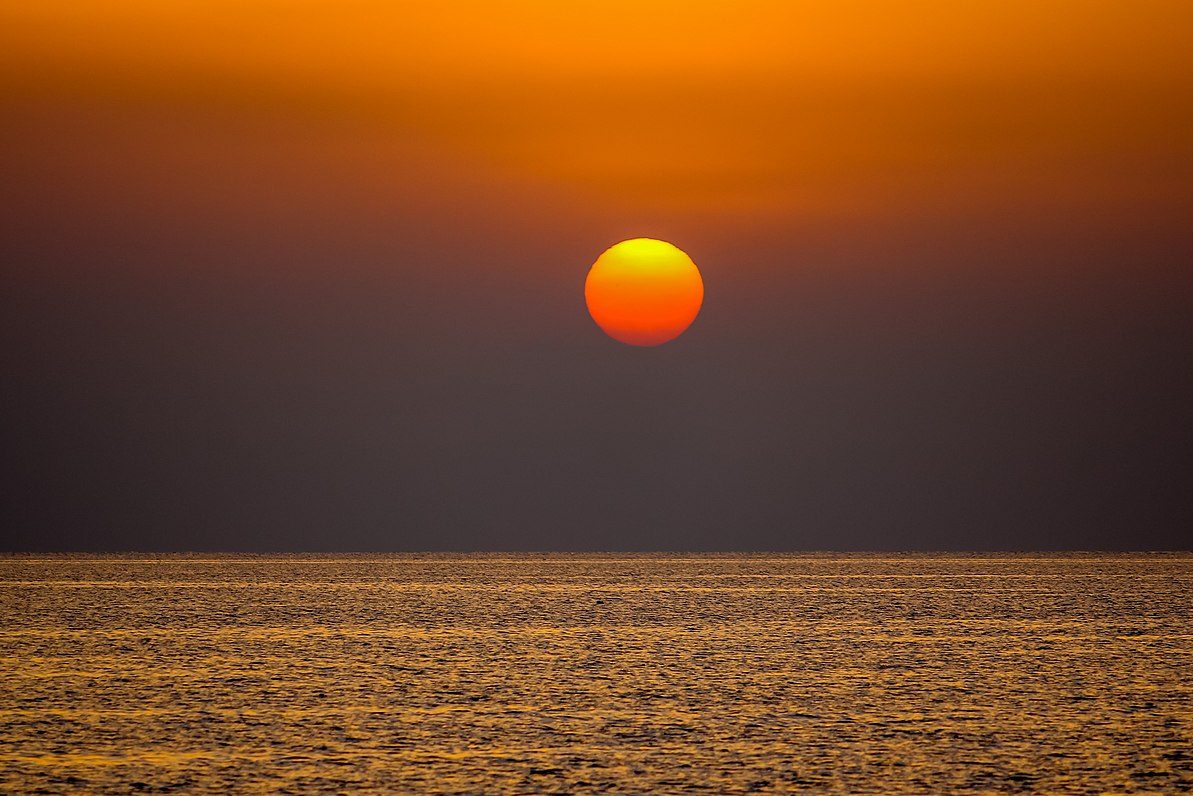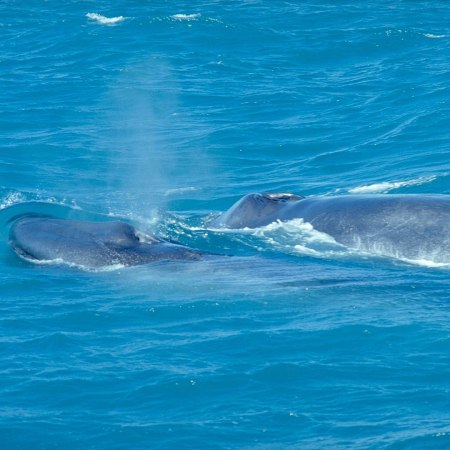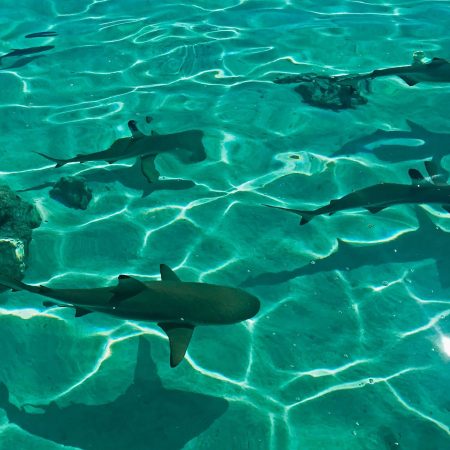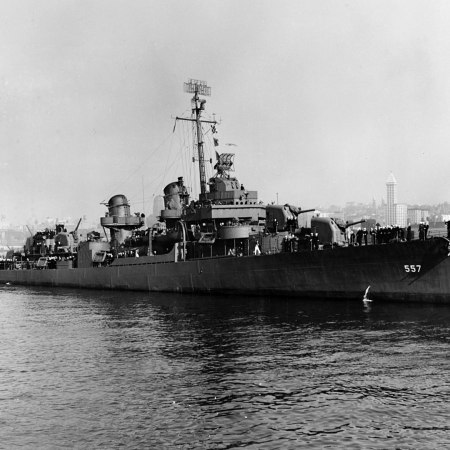How many oceans are there in the world? Most people answer either four or five; answering that question with “one” is also an option. It’s enough to make geographers, oceanographers and pub quiz participants shake their heads in frustration. But there’s also another wrinkle to this debate — just as the planet is constantly changing, so too are its bodies of water. And that means that yesterday’s sea might be tomorrow’s ocean.
A new article by Gemma Tarlach at Atlas Obscura delves into this very issue as it relates to one body of water: the Red Sea. Tarlach begins with a quick explanation of the difference between seas and oceans: seas are generally enclosed by land, at least in part; oceans are not.
The Red Sea offers a more complex case, though. The reason why comes down to the way continents are in constant (albeit very slow) motion. The Red Sea is situated between Asia and Africa; as Tarlach notes, those two continents are moving in opposite directions by less than half an inch per year. “Most researchers believe the Red Sea is an embryonic ocean,” Tarlach writes.
Atlas Obscura’s article also cites the work of marine geologist Nico Augustin, co-author of a recent paper arguing that the Red Sea is a full-on ocean — just a very small one. In the paper’s abstract, Augustin argues that “the Red Sea is a mature ocean basin in which spreading began along its entire length 13 Ma ago.”
Tarlach neatly summarizes the scientific debate over whether the Red Sea should be the Red Ocean, which remains heated. For now, the discussion offers insights into how familiar categories can evolve — and how we can see the world from a different perspective.
Thanks for reading InsideHook. Sign up for our daily newsletter and be in the know.


















